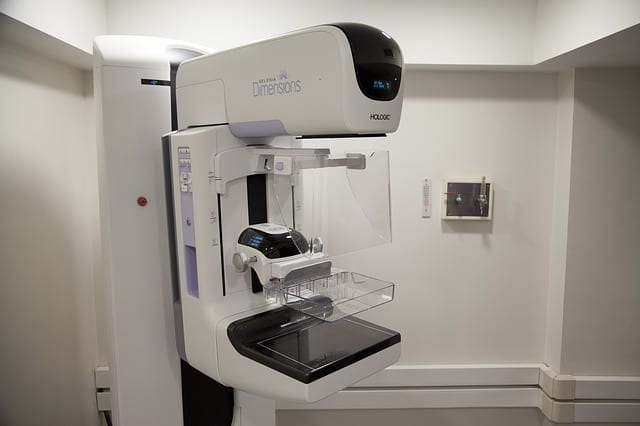Each year in the U.S. there are about 2,300 new cases of breast cancer in men and 230,000 in women. Mammograms, along with regular clinical assessments and monthly breast self-examinations, are a key factor in the early diagnosis of breast cancer.
A mammogram is an X-ray that allows a qualified specialist to examine the breast tissue for any signs of abnormality. Knowing what to expect during your first mammogram can help reduce anxiety about the procedure. Read on to learn more about the process.
A mammogram allows early detection of breast cancers, benign tumors and cysts that cannot be identified by touch. During a procedure, a skilled technician will position and compress your breasts, one at a time, between two clear X-ray plates. The plates are attached to a highly specialized camera, which takes pictures from two directions. You may feel pressure or discomfort as the panels squeeze together, but it is usually brief. From start to finish, the process takes about 15 to 20 minutes.
On the day of a mammogram appointment, you should not wear deodorant, body powder, lotion or perfume under the arms or on the breasts. These substances can distort the images, so it is important to avoid them.
Technologists do not examine the X-ray for signs of cancer — a specialized doctor called a radiologist will review the results after the appointment. Your radiologist may order additional images that show different views of the breast tissue. This happens quite frequently and should not be a cause for panic.
About one in eight U.S. women will develop invasive breast cancer over the course of her life. Mammograms are crucial because they can help detect cancer in the early stages, allowing patients more treatment options and a better chance of recovery.
To learn more about the mammogram process, see the accompanying guide.












